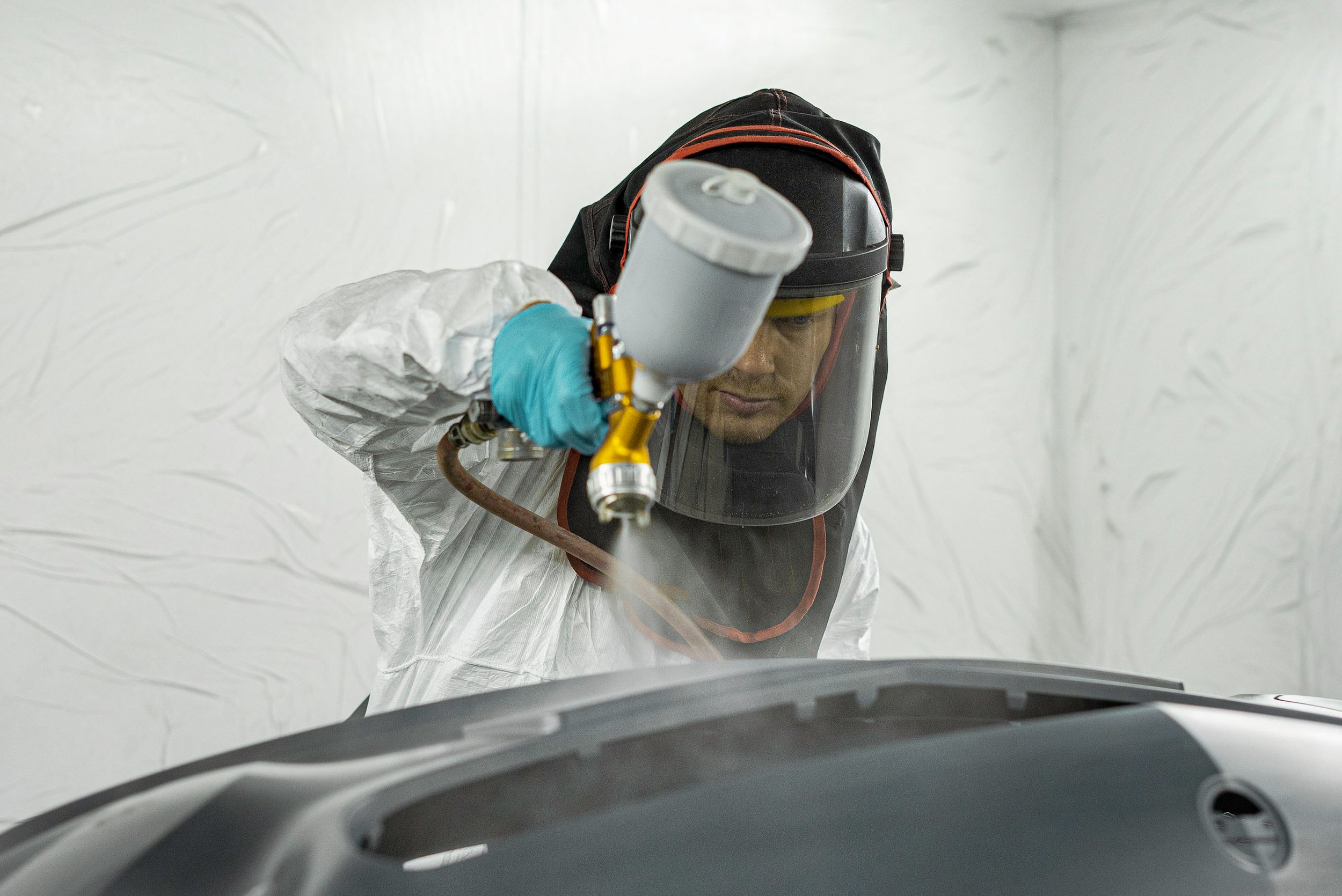
Safeguarding
What is safeguarding?
Safeguarding is the action that is taken to promote the welfare of children and protect them from harm.
It means protecting children/young adults from abuse and maltreatment. Preventing harm to children and/or young adult's health or development. Ensuring children and/or young adults grow up with the provision of safe and effective care and taking action to enable all children and/or young adults to have the best outcomes.
Types of abuse
Abuse means that a person is deliberately being cruel or violent towards you. Please read below to find out more information on the different types of abuse that could be experienced.
Physical abuse
This can include being beaten, punched, kicked, slapped, scalded with hot water or punished in other ways that cause physical harm.
Emotional abuse
Persistently receiving cruel or negative remarks that leave you feeling worthless, isolated, unhappy and/or not cared for is emotional abuse.
Sexual abuse
Sexual Abuse includes rape, sexual assault, sexual harassment, online grooming and domestic abuse. It can also include sexual exploitation (being pressured into having sex with someone in return for getting something like money or drugs), sexting, or child pornography. Furthermore, sexual abuse includes being touched inappropriately without giving permission or consent, someone flashing or exploiting themselves online or offline, and/or being forced to look at sexual pictures or videos.
It can happen to both men and women.
A person can be sexually abused by a stranger, someone they know, or their partner.
Someone can be sexually abused by a person of the same sex.
Sexual abuse is not always 'full sex' - it can include touching, kissing, oral sex or anything sexual.
Sexual abuse can happen online as well as offline.
Sexual abuse can happen anywhere - such as places of education and/or workplaces and someone can be sexually abused by a 'colleague' or a 'friend'.
Neglect
Neglect is when a young adult is not getting the things they need, which includes:
somewhere safe and warm to live.
somewhere to learn and develop.
somewhere they will be cared for when they are not feeling well.
somewhere they will get enough to eat.
somewhere they will be properly looked after and not be ignored.
Neglect often happens when children and/or young adults are left to care for themselves or care for others such as brothers and sisters .
Other concerns
Physical abuse
Abuse between young adults of a similar age, or developmental stage, is known as peer-on-peer abuse. It can affect any age group including young adults. For example:
Physical and sexual abuse.
Sexual harassment and violence.
Emotional harm.
Online and Offline bullying.
Teenage relationship abuse.
Domestic abuse
Domestic abuse is any type of controlling , bullying, threatening, or violent behaviour between people in a relationship. It can seriously harm children and young adults. Children who witness domestic abuse are also being abused (child abuse).
It is important to remember that domestic abuse:
Can happen inside or outside the home.
Can happen over the phone, on the internet, and on social networking sites.
Can happen in any relationship even after the relationship has ended.
Both men and women can be abusers.
County Lines
County lines is a form of both criminal exploitation, and child abuse. Urban gangs persuade, coerce, or force children and young adults to store drugs and money, and/or transport them to areas such as market towns and coastal towns. It can happen in any part of the UK and is against the law. Children and young adults may be criminally exploited in multiple ways.
Sexting
Sexting is when someone sends another person a sexual message, naked or semi-naked image, video, or text message. Nude image sharing is another name for it. Children and teenagers can agree to post a naked photo of themselves and peers, or adults, may even threaten or persuade them into posting photographs on the internet.
Sexts can involve words, photos, or videos such as:
A message or post written with sexual language.
Nude or semi-nude photos/videos.
Photos/videos of sexual acts.
Live chats with someone on webcam involving sexual acts.
Screen-captured photos/videos recorded from webcam.
Upskirting
Upskirting is a highly intrusive practice, which typically involves someone illegally taking a picture under another person's clothing without their knowledge.
Child sexual exploitation
Child sexual exploitation (CSE) is a type of sexual abuse in which children or young adults are sexually exploited for money, power, or status. Some people form relationships with children or young adults to use them for sex. People who do this want children or young adults to think they are a friend, boyfriend, or girlfriend and may trick them into believing they are in a loving, consensual relationship, as they want to gain their trust. The child or young adult might be invited to parties and given drugs and alcohol. They may also be groomed online. These people might use bribes, threats, humiliation and even violence to get power over them. They can use that power to force them to have sex, or do sexual things, with them and sometimes with other people. This is sexual exploitation. It happens to boys and girls and can be really hard to identify. Often, people think that they are in a good relationship, even after things have turned bad. But there are warning signs. It is really important that children and young adults know how to spot them so they can protect themselves and their friends. Some children and young adults are trafficked into, or within, the UK for the purpose of sexual exploitation. Sexual exploitation can also happen to young adults in gangs.
Grooming
Grooming is when someone builds a relationship, trust, and emotional connection with a child or young adult so they can manipulate, exploit, and abuse them. Those who are groomed can be sexually abused, exploited, or trafficked. Children and young adults may also be persuaded to commit a crime, be enticed into criminal gangs, or radicalised. Anybody can be a groomer regardless of their age, gender, or race. Grooming can take place over a short or long period of time, from four weeks to years. Groomers may also build a relationship with the young person's family or friends to make them seem trustworthy or authoritative. Children and young adults can be groomed online, in person, or both - by a stranger or someone they know. This could be a family member, a friend, or someone who has targeted them . For example, a tutor, faith group leader, or sports coach. When a child or young adult is groomed online, groomers may hide who they are by sending photos or videos of other people. Sometimes this will be somebody younger than them to gain trust.
Whether online, or in person, groomers can use tactics such as:
Pretending to be younger.
Giving advice or showing understanding.
Buying gifts.
Giving attention.
Taking the child or young adult on trips, outings, or holidays.
Groomers might also try to isolate a child or young adult from their friends and family, making children or young adults feel dependant on them - giving the groomer power and control over them. They might use blackmail to make a child or young adult feel guilt and shame; as well as introduce the idea of 'secrets' to control, frighten, and intimidate. Groomers can make a child or young adult have complicated feelings from loyalty, admiration, and love, to distress and confusion.
Reporting a safeguarding concern
If you have a safeguarding concern it is essential that you contact our Safeguarding Leads who can support.
Debra Chalmers
Safeguarding Lead
Debbie Lenton
Deputy Safeguarding Lead
Martin Bailey
Deputy Safeguarding Lead

If you would like further information
If you have a question about the information on our Safeguarding page, we’d love to help. Email or call us to find out more.




